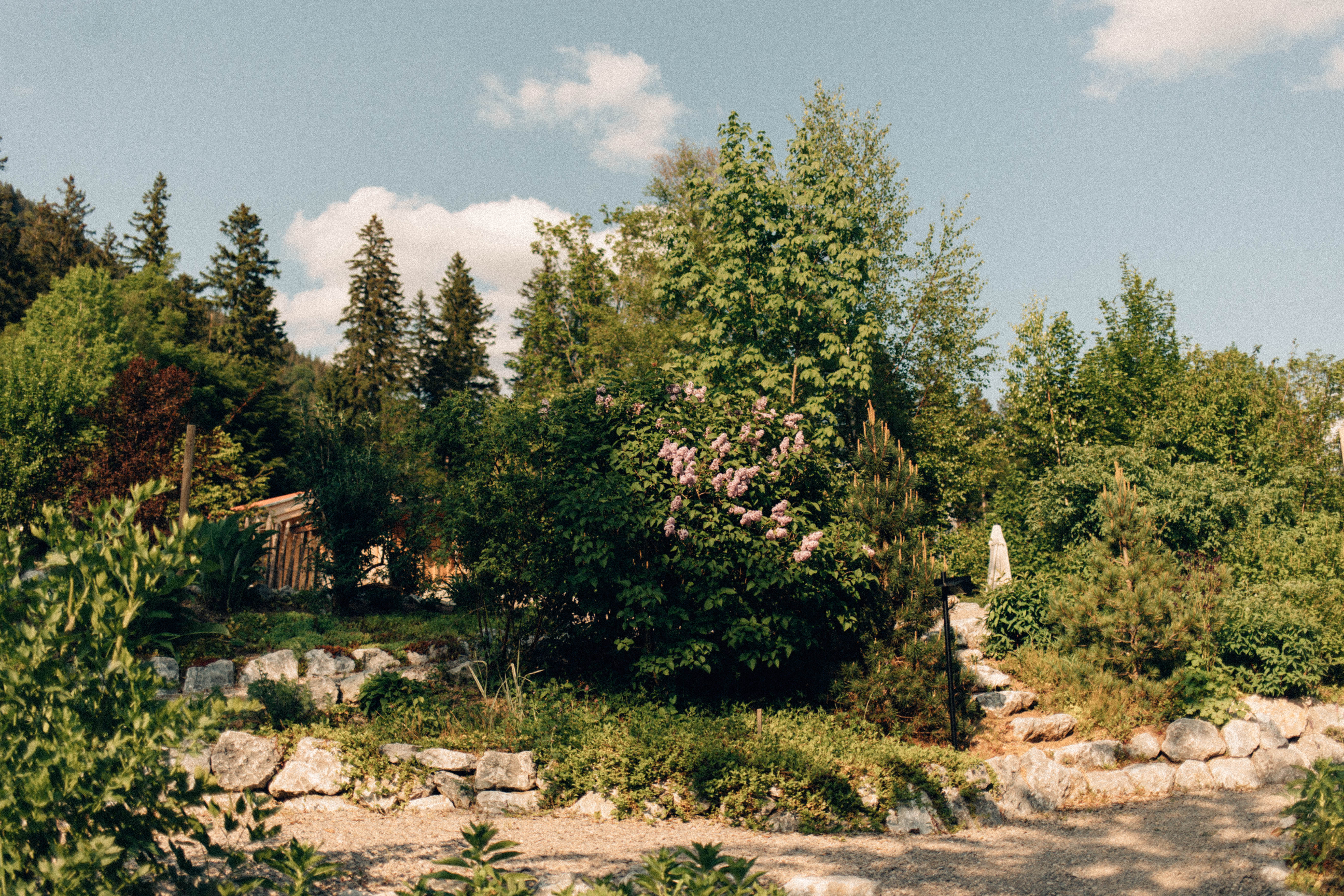Nettle – the plant of new beginnings

Nettle Portrait
Urtica dioica
"Every day brings us the happiness of a new beginning" - Ellen Hassmann
Where do we find nettle?
Nettle grows on fertile, nitrogen-rich soils and can be found in gardens, natural meadows near watercourses, lawns, forests, floodplains, and other wetlands. It prefers shady or semi-shady locations and spreads via root suckers.
When can nettle be collected?
The harvest time for nettles varies depending on the parts of the plant needed. Fresh, young leaves are best harvested immediately after they sprout in April or May. Nettles often produce particularly large leaves between the end of April and June, while the flowers appear in July and can be harvested until September. The valuable seeds can be collected from September to October.
What other names are nettles known by?
The stinging nettle is also known as sow nettle or thunder nettle.
How do we recognize nettle?
The stinging nettle plant can reach a height of 30 to 150 centimeters. The leaves are arranged in pairs, are coarsely serrated, and vary in color from light to dark green. The square, unbranched stem and leaves are covered with stinging hairs, which release a stinging toxin when touched and can cause skin irritation.
What are the special features of nettle?
The leaves of the nettle contain an active ingredient that inhibits bacterial growth and was once used to preserve food. The nettle has a wide range of uses and is rich in valuable active ingredients that have cleansing, immunizing, and stimulating effects on the body.
Main components of nettle:
Vitamin C, iron, calcium, potassium, magnesium, flavonoids and secondary plant substances.
Use of nettle for premenstrual syndrome (PMS):
The draining and strengthening effect of nettle can help to balance water retention, which often occurs as a symptom of PMS, and bring the female body into balance.
Suitable for which half of the cycle?
In the second half of the female cycle, also known as the luteal phase, hormones like progesterone play a crucial role. During the inner autumn, the body prepares for a potential pregnancy. This is where nettle demonstrates its strengthening and regulating effect on the body. Thanks to its high content of vitamins, minerals, and phytochemicals, it helps maintain hormonal balance. Its diuretic properties, in particular, can help reduce water retention, which often occurs during this phase. By promoting blood circulation and positively influencing metabolism, nettle supports the body in optimally preparing for the upcoming menstruation.
The Cosmos and the Nettle
In mythology, the Roman god Mars, who represents courage, strength, energy, and joie de vivre, is associated with spring and regeneration. The energetic effect of the nettle is shaped by this Mars-Aries combination, making it a source of vitality for body and mind.







Comments